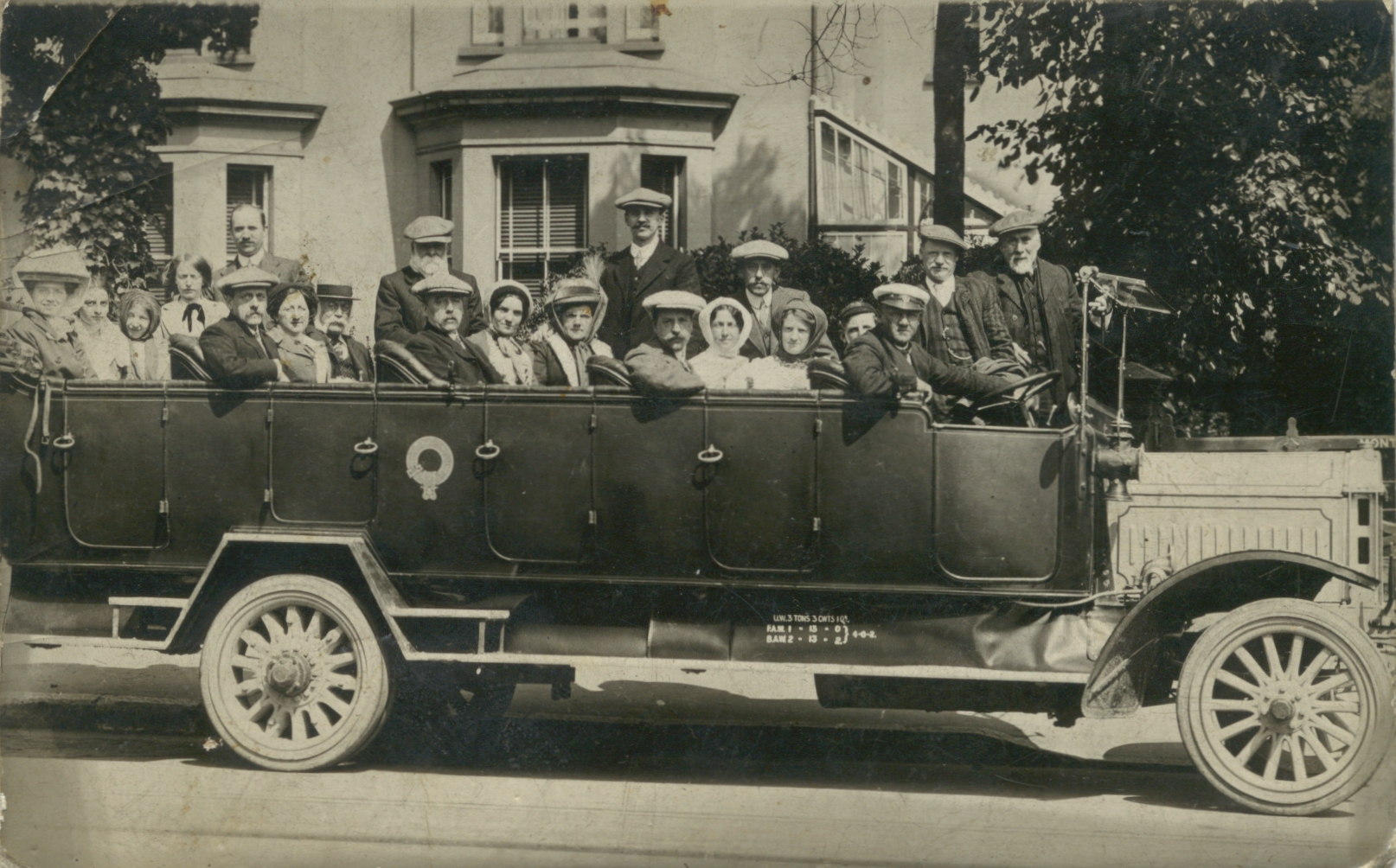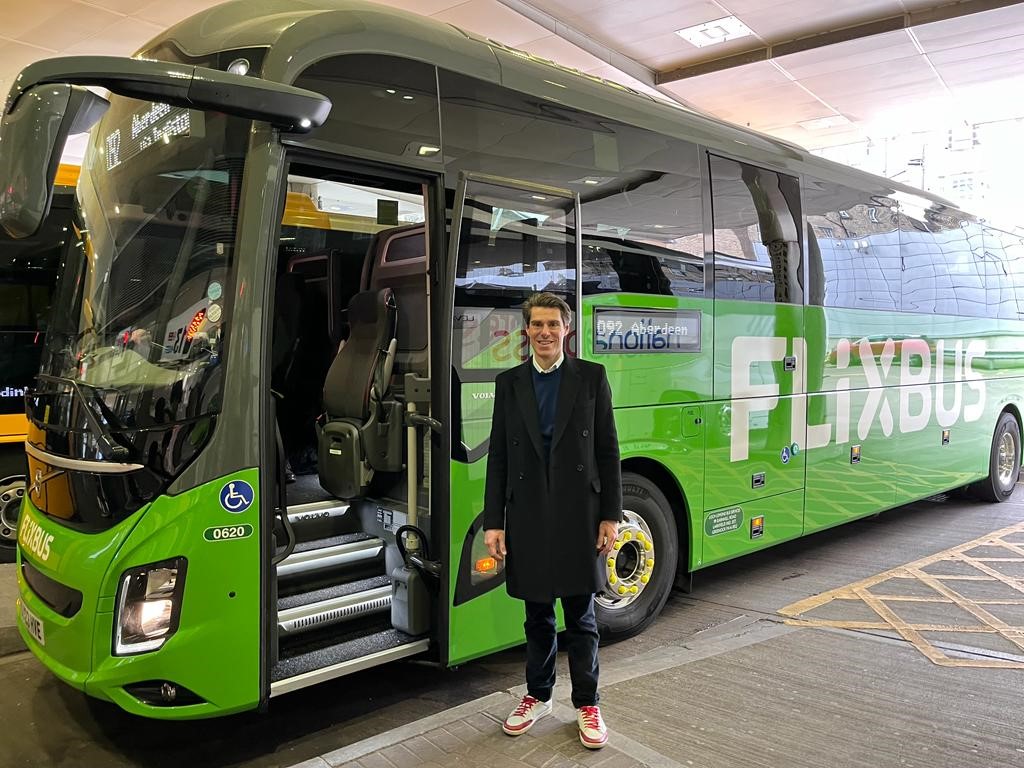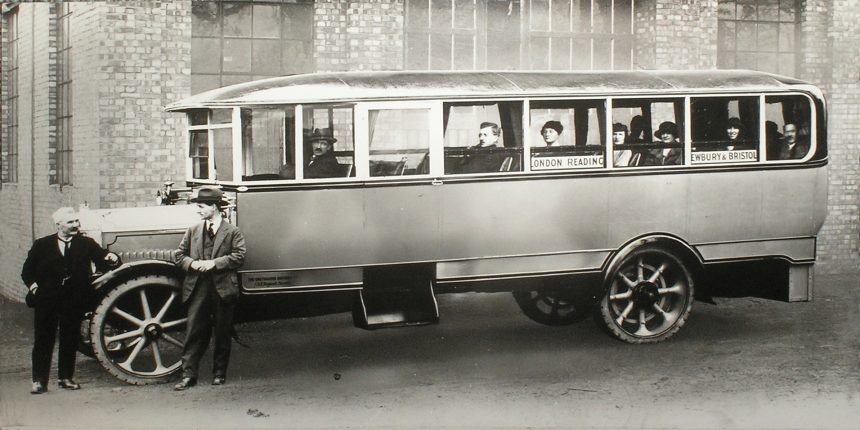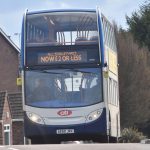Television had not yet been invented, Winston Churchill was preparing his first Budget speech as Chancellor, and a pint of milk cost three old pence. It’s February 1925 and the commencement of “the longest bus service in England” is being advertised.
It is commonly held that that Greyhound Motors’ service between Bristol and London was the first known long-distance motorcoach passenger operation with scheduled intermittent stops.
Beginning on 11 February and operating seven days a week, the journey took eight hours and stopped at Bath, Chippenham, Calne, Marlborough, Hungerford, Newbury, Reading, Maidenhead and Slough. A return ticket for the full-length journey on what were described as “luxurious motor saloon coaches” cost £1.
Of course, coach itself goes back many centuries earlier and the replacement of the horse with the engine had already led to a boom for the industry in the 1920s.
According to coach and bus historian Colin Billington, the first scheduled motor coach service was a Royal Blue between Bournemouth and London in 1919, but this did not have stops en route. Like many charabanc services around that time, it capitalised on the public’s desire to reach the coast for leisure purposes.

Royal Blue’s Bournemouth to London was established due to a rail strike, but the public soon got to see the advantages of this mode of travel over trains. Although initially running only at weekends, it was increased to twice a week during 1920 and twice daily in 1921.
Royal Blue itself had already been advertising for agents between Oxford and London, notes Colin, raising the possibility that it may have beaten Greyhound to offer the first long-distance service with stops, although we don’t have a confirmed date.
However, the scheduled coach sector was flourishing. “Others quickly came on the scene,” says Colin, who is chairman of the Thames Valley and Great Western Omnibus Trust.
“As well as Greyhound, there were companies like Red and White from south Wales and and Eastern Counties that very quickly came in the late-twenties.”
South Midland’s Oxford-London service had existed since 1919 but, by 1930, it had 17 competitors operating a total of 58 coach services on the route daily.
This competition in the market was greatly reduced in 1930 with the passing of the Road Traffic Act, which introduced a national system of licensing routes to replace work previously done by local authorities.
This led to buyouts or operators reaching agreements to share services and pool revenues, explains Colin. For example, this led to just South Midland and Varsity Express remaining on the Oxford-London.
London Coastal Coaches, which was established in 1925 as a consortium of six coach companies, opened Victoria Coach Station in 1932 with 66 departure bays.
Another significant development was the formation in 1934 of Associated Motorways via the link-up between Black and White, Bristol Greyhound, Midland Red, Red and White and Royal Blue, which pooled their services and shared profits.
“Not many people had cars in those days, so the number of coaches during the height of the summer that operated out of Victoria Coach Station was phenomenal,” says Colin.
“Some timings on a particular route might have up to 10 duplicates. If it was a Royal Blue service, the Royal Blue lead driver was responsible for all of those 10 coaches, so he would follow up behind and, if there were any problems, would sort them out on his way up. It was a very intensive operation on peak summer holiday weekends.”
The post-war expansion of scheduled coaching
Although services were paused between 1942 and 1946 as coaches were sequestered by the military, the 1950s heralded another boom, led by the increase of holiday tourism.
However, speaking of the time before motorways, which eased congestion, Colin explains: “During the fifties and sixties, as the traffic built up, it got longer and longer. You had to be prepared, to get to the West Country, for example, for probably a 12-hour journey or more.
“I was brought up in Taunton. As there was no M5 in those days, it would be just a crawl all the way down the A38 from Bristol to Exeter. It was chock-a-block with coaches.”
“A lot of the coaches had been damaged in the war” says Colin, “so there was an influx of new coaches and the other thing that happened was the design of the coaches changed so that, rather than have the engine and the radiator at the front, it became underfloor-engined.

“That changed the whole relationship between the driver and the passengers as well because the driver was then sitting in the same overall space as all the passengers.”
Following the Transport Act 1968, the nationalised National Bus Company brought together bus companies which operated long distance express coach services as contractors.
Eventually rebranded as National Express and later privatised, the Birmingham-based business became the dominant player.
“Gradually, the big bus groups emerged following privatisation,” says Colin.
“Up until that time, most of them had been running as contractors to National Express, but National Express was then freer to go out to the market generally and so there was more competition, and a lot of the bus companies found that it wasn’t very profitable.”
Not many people had cars in those days, so the number of coaches during the height of the summer that operated out of Victoria Coach Station was phenomenal – Colin Billington
Stagecoach-owned Megabus, launched in 2003, was one of the few to challenge it thanks to its low-fares approach.
Although Megabus axed the majority of its services outside of Scotland last year, citing poor patronage, the launch of German-owned FlixBus UK in 2020 as a network formed entirely of partnerships with existing operators shook up the market.
The current boom in scheduled coach services
Today, the scheduled coach market is flourishing and the outlook is good, according to many in the industry.
FlixBus UK Managing Director Andreas Schörling explains the attraction: “Coaches are affordable and sustainable. We normally add a third word to that — especially relevant with the rail comparison — reliable.

“If we look at where rail has been over the last two to two and half years, it’s really disastrous. You need to be happy if the service runs at all, getting a seat if you’re lucky, and you pay an enormous amount for the pleasure of doing that.
“The industry in the past could have done a better job of highlighting that coaches are actually a very comfortable way of travelling.
“For people who are sitting cramped on a low-cost airline for six hours to go to travel to the sun, a coach seat is much more comfortable than that.
“There’s really an opportunity to shift an entire generation to appreciate the benefits of coach travel and I think FlixBus is leading the way in that.”
The industry in the past could have done a better job of highlighting that coaches are actually a very comfortable way of travelling – Andreas Schörling
Nathan Hadley, Managing Director of FlixBus partner Prospect Coaches, agrees: “When I was 17, car insurance was relatively cheap. Now that’s a massive expense on parents. A Saturday job or a paper round around school or college is not going to pay for the insurance. It’s another market that has in some ways been forced into public transport and I think we can capitalise on that as well.”
The additional length of a coach journey compared to the equivalent via rail is often described as the main disadvantage, although the increased use of flexible working via laptops is perhaps negating that. Further, as Colin says: “Some people almost quite like the leisurely travel by coach.”
Richard Thomas, Head of Operations for National Express’s largest partner operator, Edwards Coaches of Llantrisant, is another who cited the high cost of rail as being the main reason that scheduled is doing so well.
He adds: “Despite strong competition from FlixBus, the passenger numbers are the busiest I’ve ever seen in more than 10 years at National Express and then nearly 10 years here.
“We’re operating more services than we ever have. I think the train disruption has pushed a lot of people to try coach for the first time and a lot of those customers have stayed.”
The future of scheduled coach
What of the future of scheduled coach? What will it look like another century on? Andreas smiles as he considers this.
“If I get questions, normally it’s about the next six months or year and people get a bit flabbergasted when I talk about the next few decades,” he says. “Now we’re talking about the next 100 years and I think it’s the mindset we should have.
“In 100 years’ time, we may have flying autonomous taxis, tunnels underground travelling hundreds of kilometres per hour. A lot of things will happen, but we need to hold on to the benefits that sets coach apart — it’s reliable, sustainable and affordable.
“When looking at how technology develops, there are always, at the very front end, great solutions, but we cannot forget the vast majority of the population need affordable solutions and that’s where I think coach today plays a very important role and will continue to do so in the future.”
Colin, the expert on coach history, also casts an eye into the future. “They keep saying we’ll be flying through the air rather than on roads, but that seems a long way off,” he says.
“I would think it’s going to be always governed by money: If the passengers are a bit hard up — students or whatever — they’ll want to travel by coach. It’ll carry on very much in the same vein. There’s no reason to think coach travel is dying off.”
With thanks to Colin Billington in the preparation of this article.



























